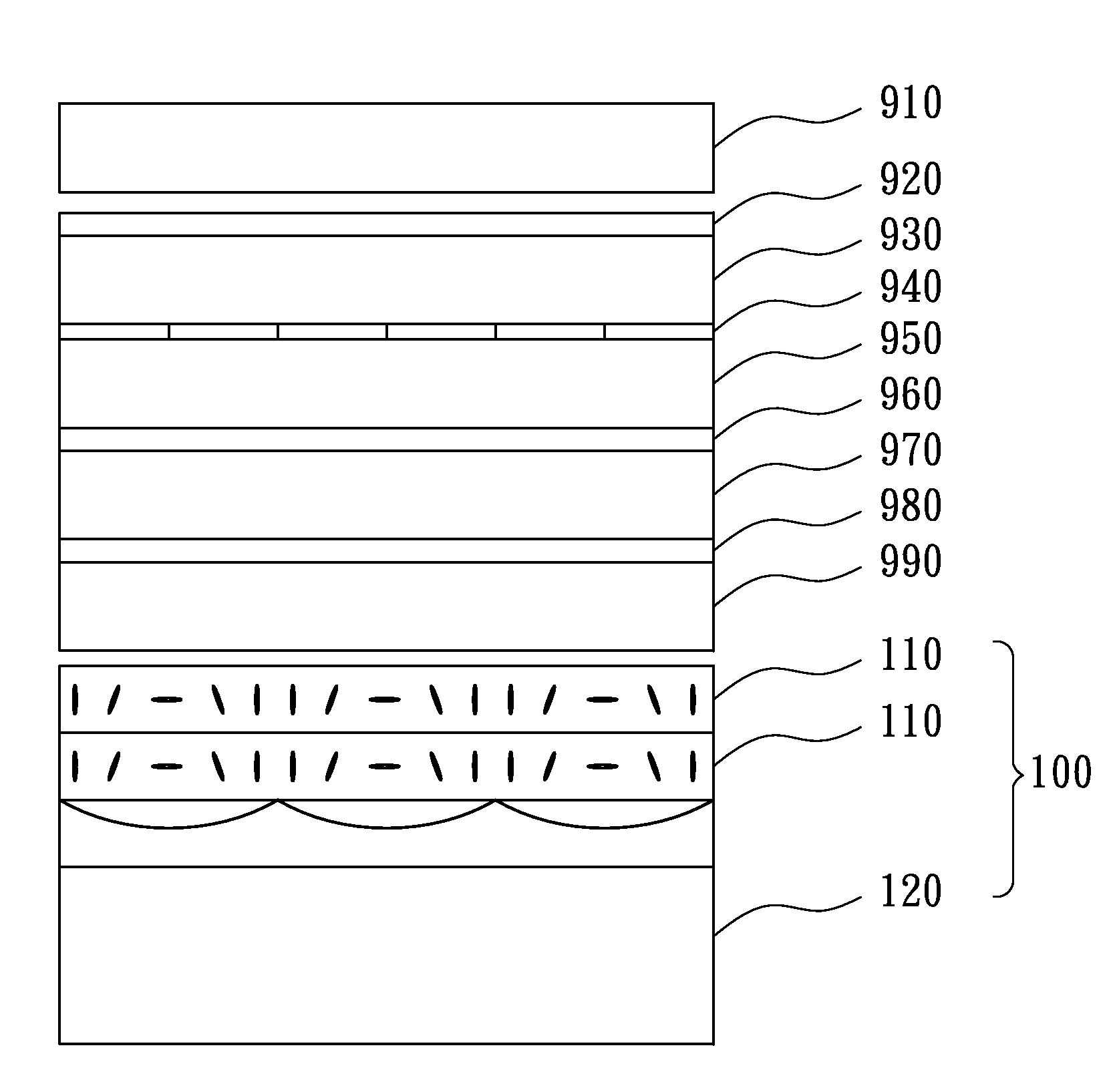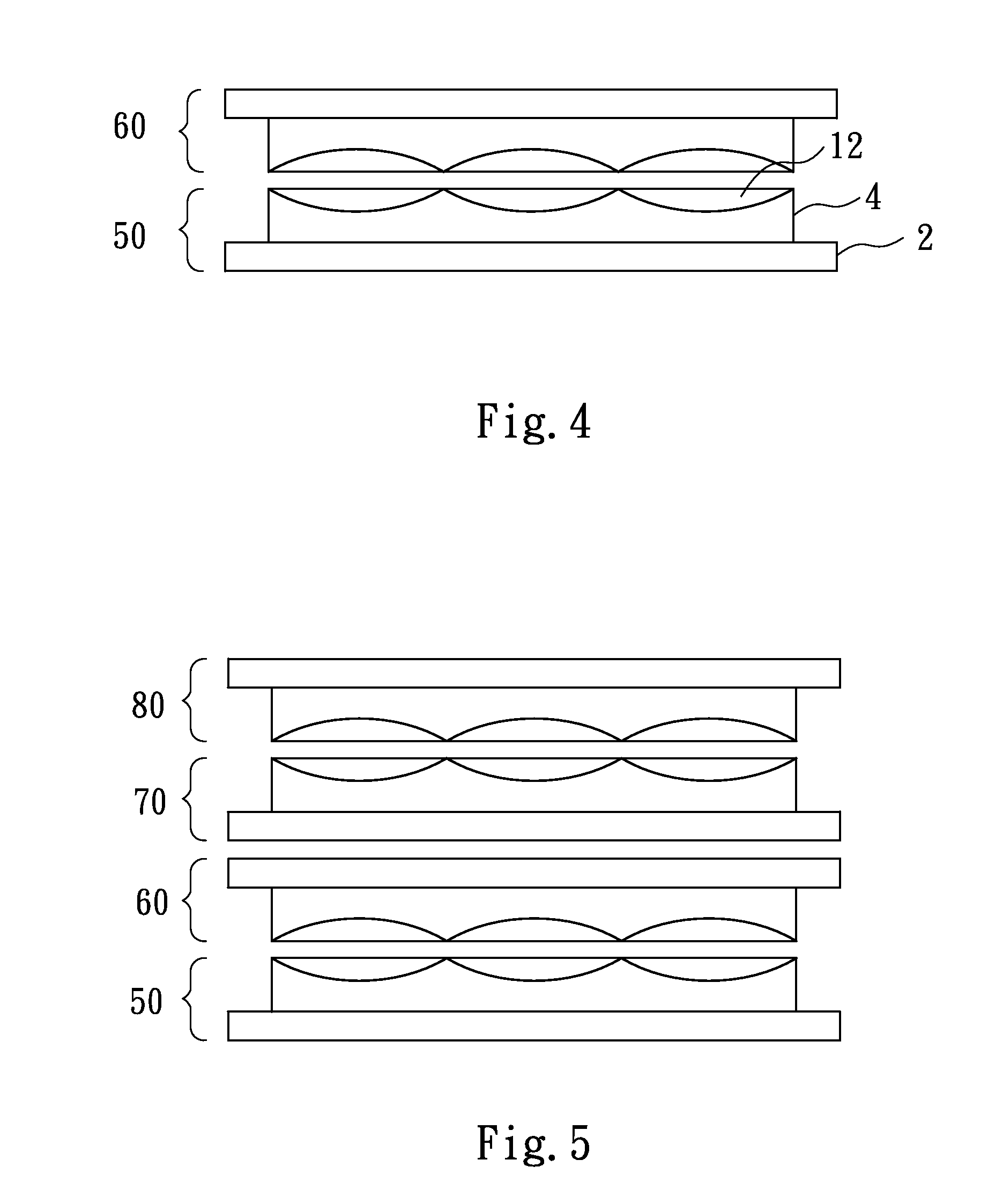Graded index birefringent component and manufacturing method thereof
a technology of index birefringent and component, applied in the field of optical components, can solve the problems of degrading the alignment properties degrading the optical performance, and affecting the quality of liquid crystal materials, and achieve the effect of minimizing the vignetting on the other sid
- Summary
- Abstract
- Description
- Claims
- Application Information
AI Technical Summary
Benefits of technology
Problems solved by technology
Method used
Image
Examples
Embodiment Construction
[0038]In the following detailed description, for purposes of explanation, numerous specific details are set forth in order to provide a thorough understanding of the disclosed embodiments. It will be apparent, however, that one or more embodiments may be practiced without these specific details. In other instances, well-known structures and devices are schematically depicted in order to simplify the drawings.
[0039]FIG. 8 shows a graded index birefringent component 100 according to one embodiment of the present invention. The graded index birefringent component 100 includes at least one liquid crystal layer 110. The liquid crystal layer 110 has a plurality of lens segments 112. Each of the lens segments 112 has a plurality of liquid crystal molecules 113 therein, wherein the orientation of the liquid crystal molecules 113 varies across each lens segment 112 of the liquid crystal layer 110.
[0040]Specifically, the liquid crystal molecules 113 in the edge of each lens segment 112 of the...
PUM
| Property | Measurement | Unit |
|---|---|---|
| thickness | aaaaa | aaaaa |
| thickness | aaaaa | aaaaa |
| thickness | aaaaa | aaaaa |
Abstract
Description
Claims
Application Information
 Login to View More
Login to View More - R&D
- Intellectual Property
- Life Sciences
- Materials
- Tech Scout
- Unparalleled Data Quality
- Higher Quality Content
- 60% Fewer Hallucinations
Browse by: Latest US Patents, China's latest patents, Technical Efficacy Thesaurus, Application Domain, Technology Topic, Popular Technical Reports.
© 2025 PatSnap. All rights reserved.Legal|Privacy policy|Modern Slavery Act Transparency Statement|Sitemap|About US| Contact US: help@patsnap.com



